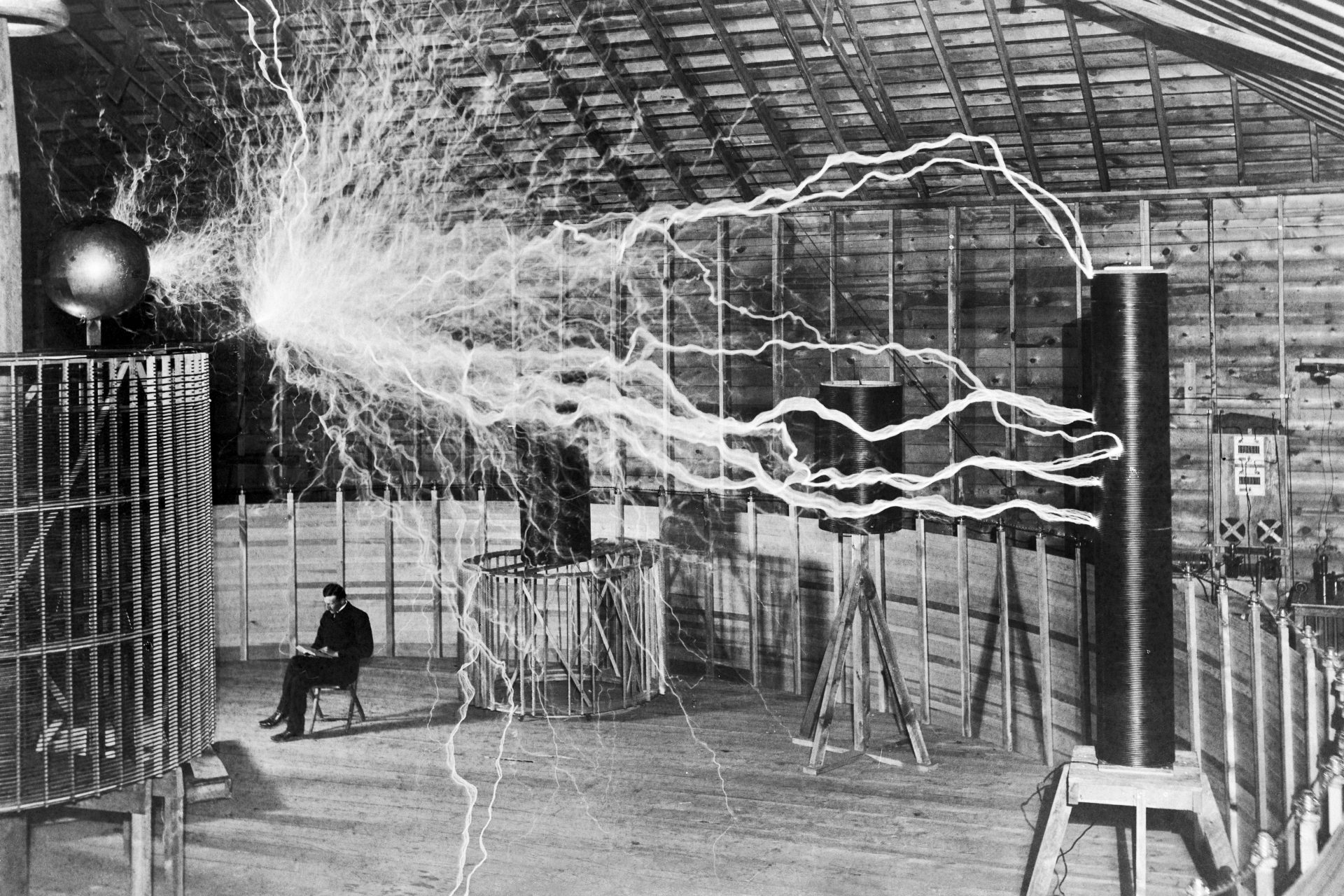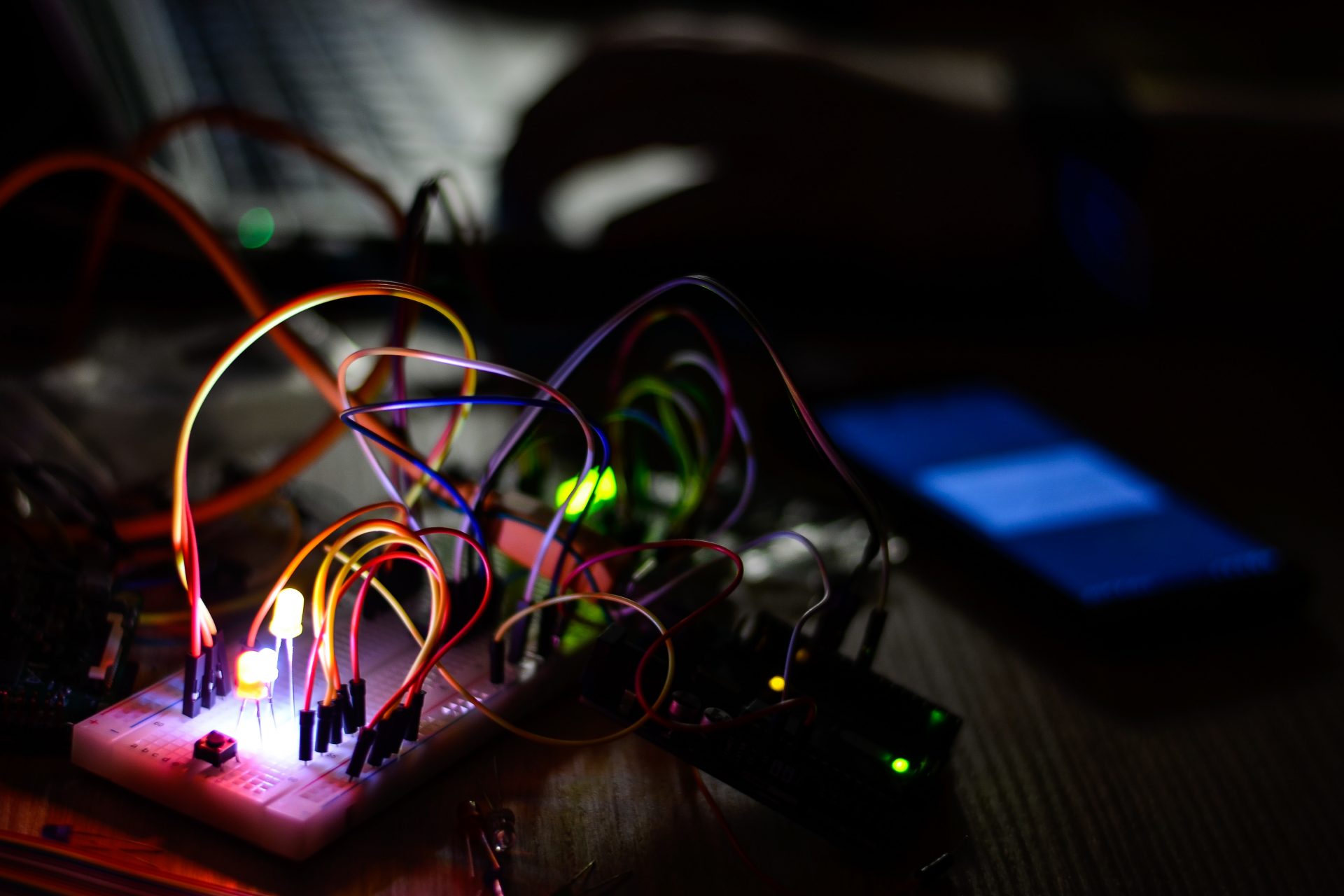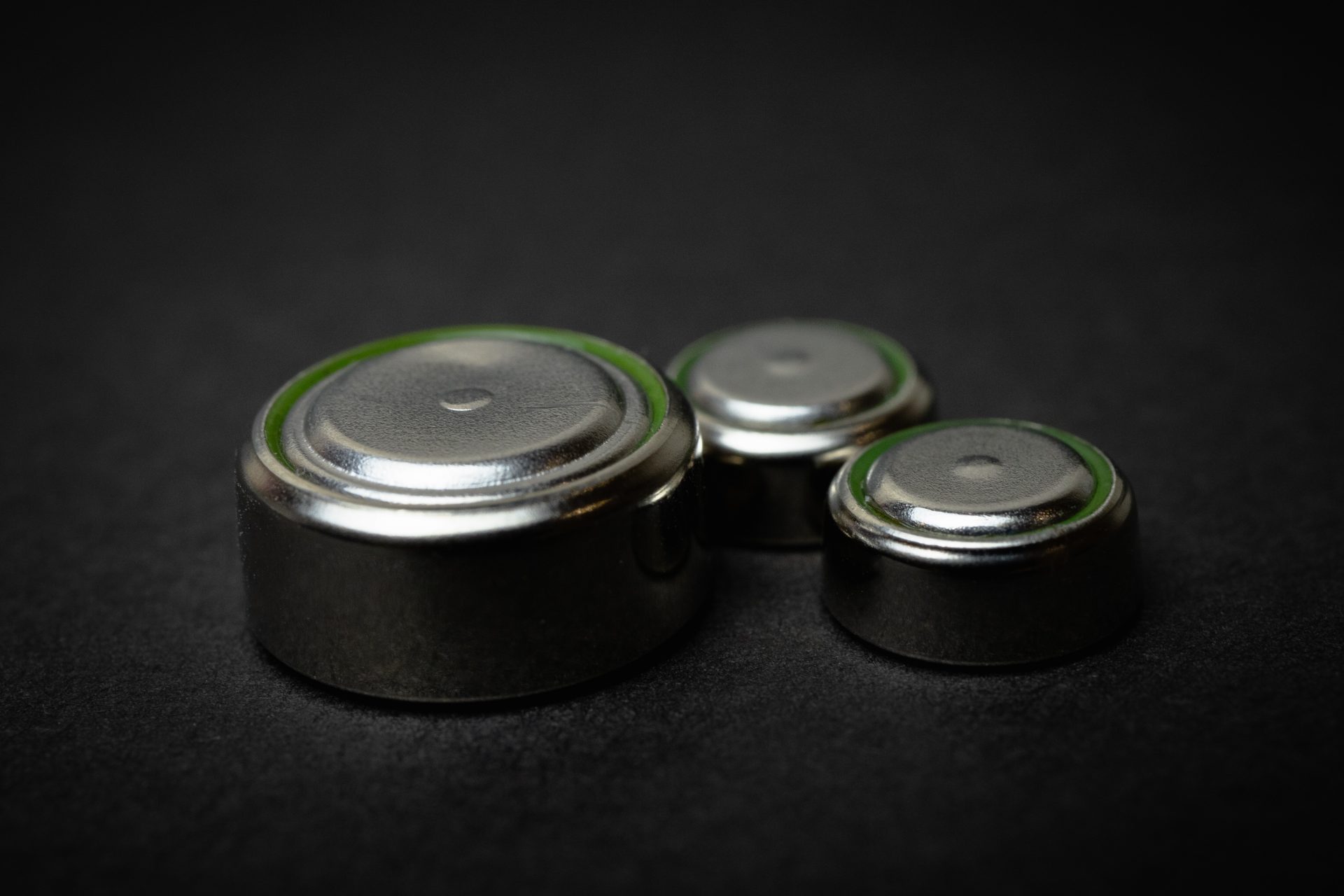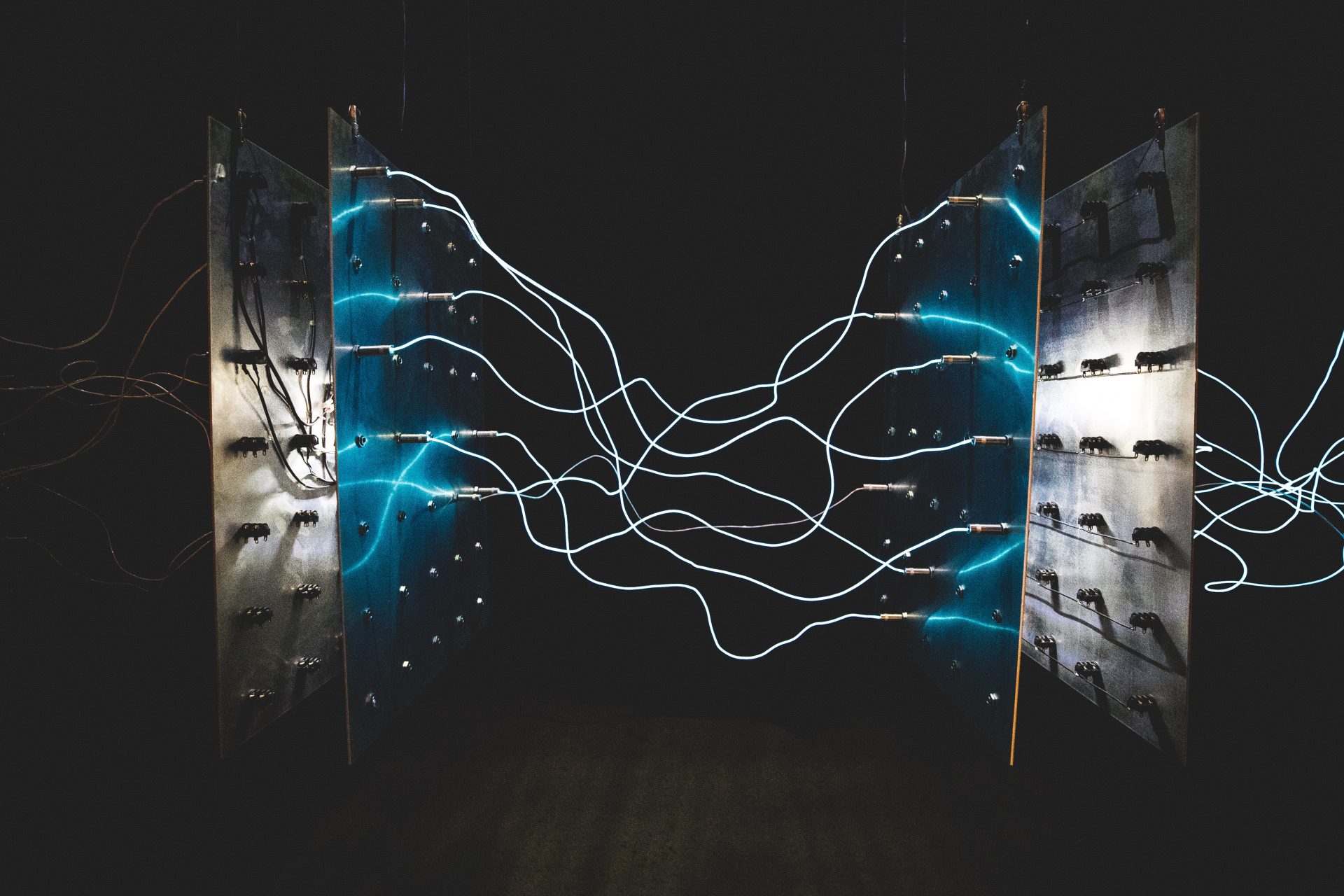An accidental discovery could change our world forever
In May 2023, a team of researchers from the University of Massachusetts Amherst published a paper in the journal Advanced Materials detailing the accident which led to a scientific discovery that could one day change our world forever.
The researchers claimed that they were able to turn humid air into a small amount of electrical current. It may not sound like much, but the ability to generate power in this way was the holy grail for famed Serbian-American inventor Nikola Tesla and there has been a recent history of research into the capability.
Photo Credit: Wiki Commons by Dickenson V. Alley Wellcome Collection gallery, Restored by: Bammesk, CC-BY-4.0
Tesla always dreamed of harnessing energy from the air according to Horizon Europe’s Michael Allen, and he ran several experiments trying to capture atmospheric electrical charges to turn them into electrical current.
Allen noted scientists have learned a lot since Tesla’s early attempts to generate electricity from out of thin air, and we now know how electricity is both formed and released in the atmosphere and have discovered that water vapor can carry an electrical charge.
The mother-and-son engineering team of Svitlana and Andriy Lyubchyk have been working on a technology that aims to turn electrical charges in atmospheric humidity into electricity, and their CATCHER Project brought together eight partners from six countries in Europe to accomplish the goal.
The Lyubchyk’s have been big believers in the potential of capturing energy from atmospheric humidity, and Andriy explained that with the help of this renewable energy, the world can “drastically increase the efficiency and the possibilities of the green-energy transition.”
Photo credit: LinkedIn @andriy-lyubchyk
The CATCHER Program has been active since April 2022 and received funding through to March 2026 with a mandate to develop the concept of turning atmospheric humidity into electricity. But they might have been beaten to the punch by the American researchers for Massachusetts.
The kicker in this whole situation is the American researchers weren’t trying to make some crazy groundbreaking discoveries in renewable energies but rather were working on developing a sensor to detect humidity when they 'accidentally' generated electricity out of thin air.
“To be frank, it was an accident,” Professor Jun Yao, the study’s lead author, explained to The Guardian in a July 2023 interview about his research team's discovery.
“We were actually interested in making a simple sensor for humidity in the air,” Yao said, adding for “whatever reason the student… working on that forgot to plug in the power.”
Yao and his fellow researchers were surprised to learn that despite not being connected to any kind of power source, their simple sensor was still producing an electrical signal.
The Guardian reported that Yao and his team eventually realized that the tiny nanowires which were “one-thousandth the diameter of a human hair” were wide enough to allow water in the air to enter them but narrow enough that the water stayed trapped inside.
Photo by Victor Aznabaev on Unsplash
Water bumped around in the nanowire and each of those bumps gave the material a little charge. As the bumps picked up in frequency, they would charge one end of the nanowire differently than the other end of it, essentially creating a battery Yao explained.
Photo by Андрей Сизов on Unsplash
“You have a positive pull and a negative pull, and when you connect them the charge is going to flow,” Yao told The Guardian.
“Even though a thin sheet of the device gives out a very tiny amount of electricity or power, in principle, we can stack multiple layers in vertical space to increase the power,” Yao said, which is the exact same thing the CATCHER Project was working towards.
Photo by israel palacio on Unsplash
The reality of using atmospheric humidity to power our everyday devices isn’t one we should take as a given. The Guardian noted there were problems with cost and sourcing materials but if those hurdles can be overcome then the concept could work in theory.
“Lots of energy is stored in water molecules in the air,” Yao explained. “That’s where we get the lightning effect during a thunderstorm. The existence of this type of energy isn’t in doubt. It’s about how we collect it.”
The CATCHER Project has also shown that it can develop electricity from the air. But unlike Yao’s team, which was using organic components, the Lyubchyk’s have been making panel-like cells out of zirconium oxide and have had some success in capturing energy.
Michael Allen noted the CATCHER Project team has been able to generate around 0.9 volts of power from one of their 8-by-5-centimeter panels, which he noted was equal to the amount of power generated by half of a AA battery.
More for you
Top Stories
































